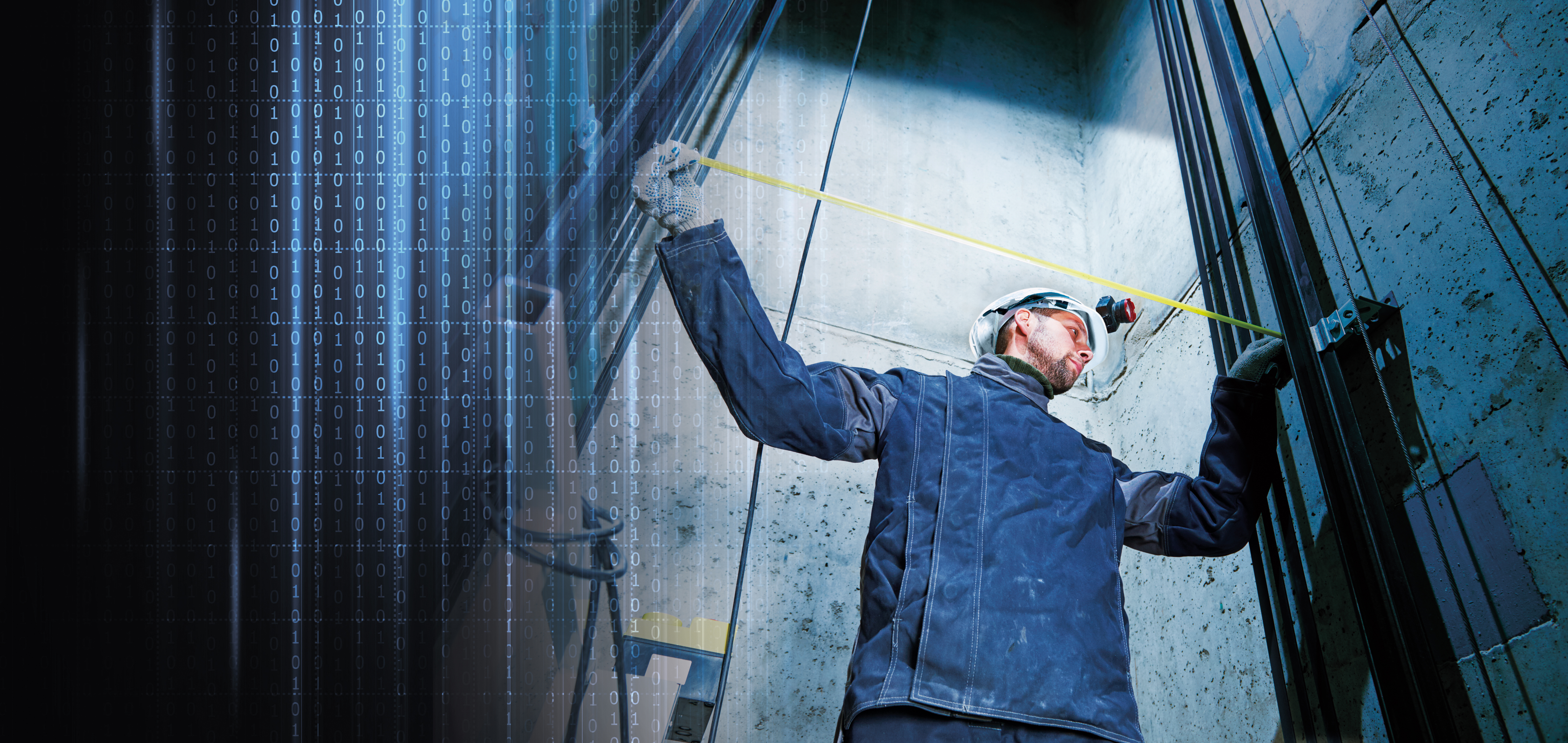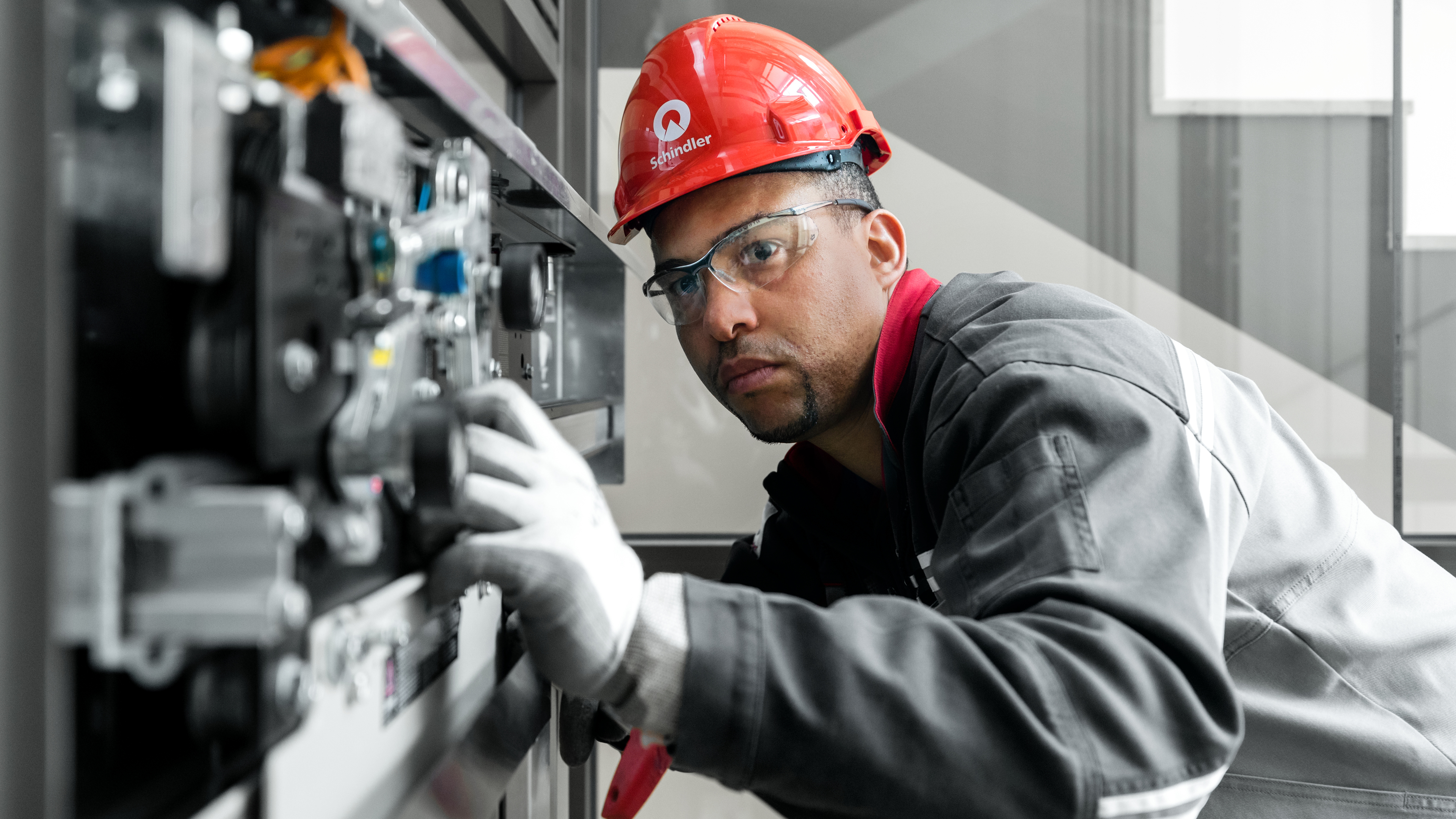Reliable Lift Maintenance Programs to Boost Security and Performance
Reliable Lift Maintenance Programs to Boost Security and Performance
Blog Article
Exploring the Comprehensive Actions Needed for Lift Maintenance
In the world of structure upkeep, ensuring the correct functioning and safety and security of lifts is critical. The complexity of elevator systems needs a thorough method to maintenance. From routine evaluations to tactical modernization plans, an all natural view of upkeep is crucial. However, in the ever-evolving landscape of lift technology and safety criteria, there are thorough measures that need to be meticulously followed to assure optimum performance and compliance. By resolving vital aspects such as proactive maintenance routines, security checks, and emergency situation preparedness, an extensive understanding of the ins and outs entailed in lift upkeep can result in boosted effectiveness and safety and security.
Routine Evaluations
When it concerns guaranteeing the longevity and safety and security of your lift system, regular inspections are extremely important. These regular checks play a vital function in identifying any kind of potential concerns prior to they rise into major troubles, guaranteeing the risk-free and smooth procedure of the lift. By carrying out normal inspections, maintenance teams can proactively attend to deterioration, damaged parts, or any type of various other problems that may compromise the lift's performance or safety.
During these inspections, trained experts completely check out various facets of the lift system, including mechanical parts, electrical systems, security features, and general architectural integrity. By discovering and addressing problems early on, these evaluations help prevent pricey repairs, downtime, or safety and security hazards, inevitably expanding the lifespan of the lift system and guaranteeing the health of its users.
Positive Upkeep Schedules
Applying positive maintenance schedules is important for maximizing the performance and durability of lift systems. By sticking to a proactive upkeep strategy, lift proprietors can deal with potential concerns before they rise into major problems, eventually reducing downtime and costly repairs.
A well-structured positive upkeep schedule need to lay out specific jobs, frequencies, and accountable personnel. When producing these routines to make certain the lift runs securely and successfully, it is crucial to follow producer referrals and market criteria. In addition, documenting upkeep tasks and keeping in-depth records can give useful insights into the lift's efficiency in time, assisting in making and recognizing trends informed maintenance choices.

Safety And Security Compliance Checks
Ensuring safety and security compliance with complete checks is extremely important in maintaining lift systems' dependability and guarding customer well-being. Safety and security conformity checks entail an extensive evaluation of numerous parts, including electric systems, mechanical components, emergency brakes, doors, and other vital safety and security features. These checks are vital to determine any prospective dangers or breakdowns that can jeopardize the lift's procedure and placed customers in jeopardy.
Regular security compliance checks need to be performed by qualified service technicians in adherence to industry laws and standards. These checks aid in identifying issues at an early stage, permitting prompt fixings and preventive upkeep measures to be executed. In addition, maintaining comprehensive records of safety and security compliance checks is important for tracking the lift system's performance gradually and demonstrating compliance with safety guidelines.
Equipment Upgrades and Modernization
Enhancing lift systems through equipment upgrades and innovation is vital for boosting effectiveness and safety and security requirements in vertical transport. As innovation advances, older lift systems may end up being obsolete, resulting in lowered dependability and possible safety and security risks. By purchasing devices upgrades and innovation, structure proprietors can guarantee that their lifts meet current market standards and guidelines.

In addition to functional advantages, tools upgrades and innovation projects can additionally boost the aesthetics of the lift, providing a more modern-day and appealing experience for passengers. Inevitably, purchasing lift upgrades and modernization is an aggressive technique in the direction of ensuring the longevity, safety and security, and performance of vertical transportation systems.
Emergency Readiness Preparation
An effective emergency situation preparedness strategy is critical for making certain the safety and swift action in situation of unanticipated cases entailing lift systems. Emergency readiness planning for lift systems includes a systematic approach to mitigate threats, make sure traveler safety, and minimize downtime during emergency situations.
Key elements of an emergency situation preparedness prepare for lifts consist of clear interaction methods, normal training for lift drivers on emergency procedures, and regular drills to test the effectiveness of the strategy. lift and engineering services. Furthermore, the strategy must outline details duties and obligations for all stakeholders involved, including building monitoring, upkeep employees, and emergency situation responders
In case of a lift malfunction or entrapment, having a well-defined emergency strategy can aid in working with a timely and efficient response to ensure the safety and wellness of travelers. Prompt communication, access to emergency situation tools such as interaction devices and emergency lights, and expertise of emptying procedures are vital aspects of a comprehensive emergency situation readiness plan for lift systems. By focusing on emergency situation preparedness preparation, structure supervisors can enhance the total safety and security and reliability of their lift systems.
Final Thought
To conclude, the extensive steps needed for lift upkeep consist of regular evaluations, positive maintenance routines, security conformity checks, devices upgrades and innovation, and emergency situation readiness planning. These procedures are vital for ensuring the security, integrity, and effectiveness of lifts in various settings. By carrying out these procedures, lift owners can lessen the danger of mishaps, expand the lifespan of their tools, and abide by industry regulations.

During these assessments, educated professionals extensively YOURURL.com check out various facets of the lift system, consisting of mechanical elements, electric systems, safety functions, and total structural honesty.Making certain safety and security conformity via thorough checks is critical in preserving lift systems' reliability and protecting customer health. Keeping thorough documents of safety compliance checks is essential for tracking the lift system's performance over time and showing conformity with safety and security regulations.
By prioritizing emergency readiness preparation, building managers can boost the general security and reliability of their lift systems.
Report this page